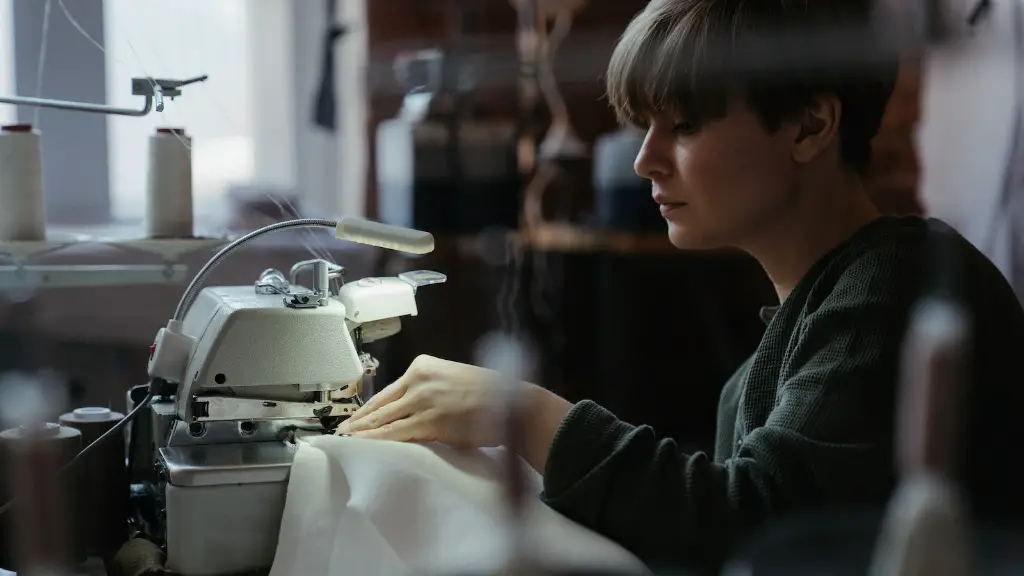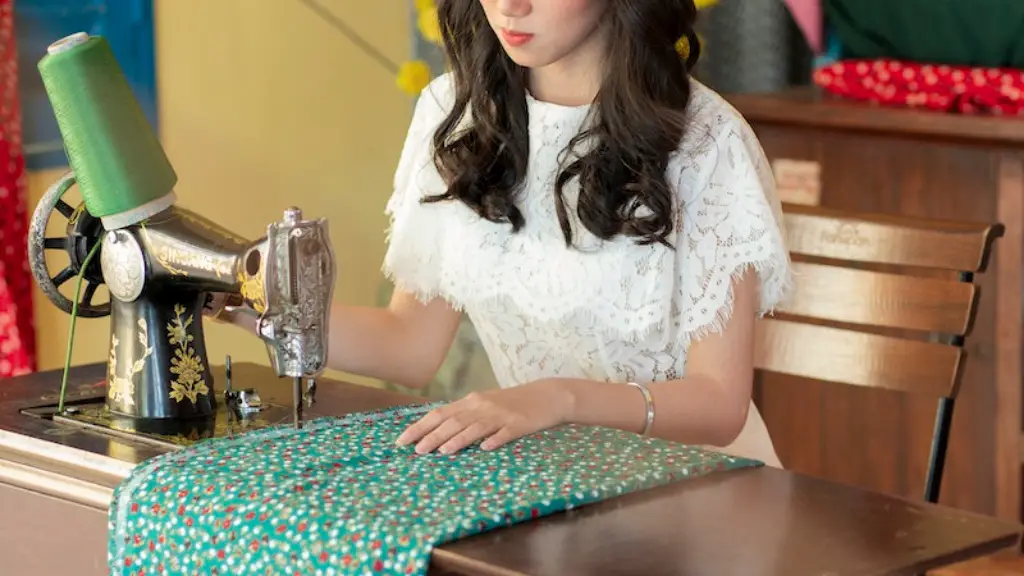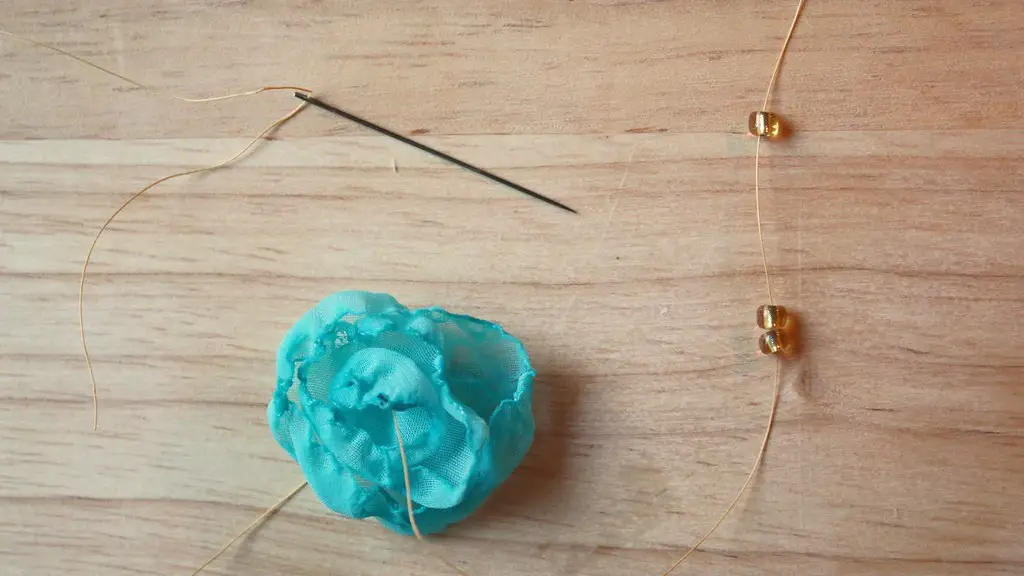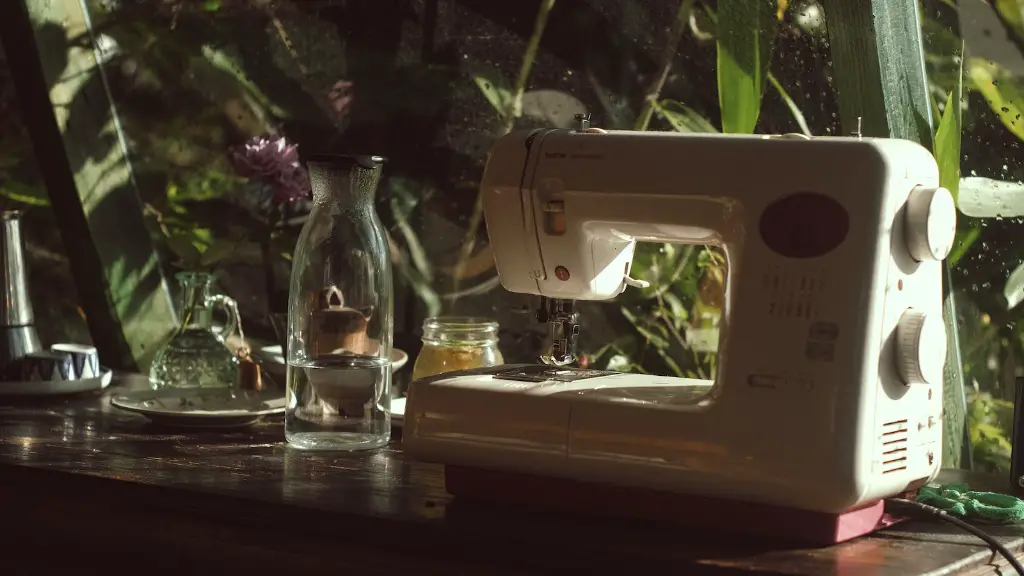Getting to know the Industrial Sewing Machine
Before attempting to set up an industrial sewing machine, it is important to ensure that it is familiarized and understood. An industrial sewing machine generally consists of three main parts – driving mechanisms, support system and threading system. The driving mechanism is usually powered by a motor and is responsible for the rotary rotation that makes the needles move. The support system, which offers stability and sturdiness, includes a large projectu which is the adjustable arm that serves to keep the fabric and thread in place. The threading system is comprised of multiple different mechanisms, such as the needle bar thread guide, tension regulator, looper and feed dog. When setting up an industrial sewing machine, these three parts should be properly configured.
Selecting an Appropriate Power Source
For a continuous and accurate sewing operation, an industrial sewing machine needs to be powered reliably and with sufficient power. Depending on the machine type and the power source available, there are several options to consider. Many industrial machines use electric power, but some models may also be available with a DC motor. If using an electric motor, sewers should be mindful of the voltage rating of their sewing machines to ensure that their power source is sufficient.
Driving a machine with inadequate or incorrect power can be damaging to the machine and can lead to poor stitching quality or even machine failure. It is therefore important to take the necessary precautions when selecting a power source and provide it within the allowed parameters for the machine.
Adjusting the Operation Settings
Once the machine is connected to the appropriate power source, the form of stitching that is to be used must be set up and adjusted. This can be done manually on the machine’s control panel, which typically will allow sewers to choose from preset patterns and stitch lengths. It is important to ensure that the program chosen is suitable for the purpose of the sewing operation, for the material type and for the thread used. Failing to set the machine correctly can lead to skipped stitches or inaccurate stitching.
Furthermore, appropriate tension should be adjusted to ensure that threads are pulled smoothly through the fabric. This is critical for obtaining even and neat stitches, so it is a good idea to test how the tension appears when stitching on a sample material before sewing a real piece. When the tension is set correctly, the thread should move smoothly through the fabric and not pull excessively or stretch.
Setting Up the Needle and Bobbin
The needle is the core component of an industrial sewing machine and must be correctly fixed into its post hole in order to ensure even stitching. Depending on the type of machine and needle chosen, the needle may need to be inserted at a specific angle or with a certain pre-tension. It is important to check for this information on the manual or if necessary to ask an expert for advice in order to avoid damaging the needle or leading to inaccurate stitching.
Once the needles are in place, the bobbin needs to be inserted and threaded. The bobbin usually consists of a circular spool of thread that is spun by the machine’s drive motor, which helps advance the thread to the needle. Depending on the type of machine, the bobbin may need to be inserted in a small case or shuttle, which is then placed under the needle plate and hooks onto the machine’s drive shaft. The bobbin should be carefully threaded following the instructions and diagrams given in the instruction manual. Specialized tools such as a bobbin winder or an oscillating hook may be needed to complete this task.
Final Testing and Troubleshooting
Once all the components are in place, an initial sewing test should be carried out in order to ensure that all of the components are functioning correctly. It is important to check that stitches are uniform and that tension is correct. If any of these elements are not working correctly, simple adjustments such as fine-tuning the tension or changing the stitch length can usually solve the issue. It is always important to refer to the manufacturer’s instructions when carrying out any changes or adjustments to the machine.
In the event of any other issues, the machine should be shut off and the cause should be identified. It is advisable to have a manual on hand for troubleshooting and in more complicated cases, contacting a professional may be necessary. Additionally, it is important to regularly clean and preview the machine to detect any problems as early as possible.
Regular Maintenance and Inspection
Regularly scheduled maintenance is necessary to prolong the life of any industrial sewing machine, so it is important to take the necessary precautions to keep it in optimal condition. Schneider Sewing Machines emphasize that it is necessary to keep the machine clean, free from debris and grease, as this can affect the machine’s performance or even lead to severe damages. Additionally, there should be scheduled inspections of certain components such as the needle, belt, spool pin and buttons. Lubricating the machine with special oils should also not be ignored.
By following these guidelines and performing regular inspections and maintenance, sewers can ensure that their industrial sewing machines will remain in great condition and remain continuously operating for a long time.
Using the Right Accessories
Industrial Sewing machines can be used with a variety of different accessories which are designed to facilitate special tasks. In the sewing profession, for example, the most common accessories include presser feet, thread guides, cams and trims, to mention some. Each of these accessories has a specific purpose and it is important to identify the right type of accessory for the project at hand. Not all accessories are compatible with all sewing machines, so sewers should pay close attention to the machine’s ability to work with different accessories.
Another important factor to consider when using accessories is ensuring that the machine is correctly set up. Accessories can interfere with the correct tension set up, so it is necessary to adjust this according to the manual’s instructions for the specific project in order to ensure optimal stitching quality.
Getting the Correct Thread Type
The type of thread used on an industrial machine will also affect the quality of stitching. Threads come in different materials and weights and it is important to select the right type of thread depending on the material to be sewn and the desired effect. Sewers must be mindful of the thread type and weight, as this will determine the abilities of the machine and the success of the project.
Using the wrong or wrong thickness of thread can cause stitches to break, hem to come loose and fabric to stretch. It is therefore important to take the time to research and choose the correct thread for the project.
The Importance of Test Samples
Before sewing with an industrial machine, sewers should always make a test sample to evaluate the setup of the machine. Sewing a test sample gives sewers the opportunity to test tension, stitch length, and fabric properties such as stretch and shear forces. Test samples should always be made in the same way that the final project will be done, using the same fabric and thread.
In many cases, test samples are not given the importance they deserve, but they are one of the best ways to detect and solve potential problems before they cause serious damage. They should always be the first step when attempting to set up an industrial sewing machine.
Learning the Manual Basics
Finally, it is important to get familiar with the instruction manual of the particular industrial machine. The manual should always be kept close as it is the main source of guidance and reference. Even when confronting an issue such as poor stitching, it can be useful to review the manual as there might be a relevant solution to the problem.
The manual should be read and understood in full as it contains the necessary guidelines, information and troubleshooting steps to keep the machine in top condition. For example, it will usually include the recommended lubrication amounts and cleaning intervals for the machine.
Developing Expertise with the Machine
Developing expertise with the industrial sewing machine requires time, training and experience. Sewers need to become familiar with each of the elements and properties involved in the operations and learn to correctly adjust and use the machinery for their tasks. It is also important to keep up to date with any advancements that occur in the industry. This includes the evolution of technology, industry trends, present or upcoming legislation, inspections and standards, among others.
To achieve success when using an industrial sewing machine, it is important to become adept at recognizing the intricacies of the particular machine and of the job at hand. Consistency in quality and production are key aspects in industrial sewing and good operators will be able to check pockets, hems and seams as well as prioritizing safety protocols at all times.
Minimizing Downtime
When an industrial sewing machine breaks down, it can result in significant downtime for the workplace that may lead to delays in production and other associated losses. To avoid these mishaps, it is important to always keep a stock of spare parts at hand so that the machine can be repaired swiftly. Common industrial sewing machine parts usually include needles, belt, heavy-duty cloth and oil.
Furthermore, familiarizing personnel with the machine can help to anticipate and prevent any potential incidents. Educating workers on the significance of using the correct power sources and on the general risks associated with the operation of an industrial sewing machine is essential. Practicing preventive approaches is an effective way to avoid machine malfunctions and downtime.
Setting a Grooming Schedule
Setting a daily or weekly schedule for checking the machine is another essential step towards minimizing downtime. This will allow productivity to be monitored and any adjustments or preventive tasks such as lubrication or cleaning tasks to be included. In addition, conducting regular inspections will expose any malfunctioning components, such as needles or rotating disks, that should be replaced.
Depending on the machinery and average daily operation, composing the schedule can be a complex task, so it is advisable to consult with professionals or experienced personnel.
Conclusion
In conclusion, setting up an industrial sewing machine is a multi-step process that requires careful attention to all of the components involved. It is important to be familiar with the machine and to follow the instructions and instructions carefully when fixing or adjusting specific elements or components. Taking the time to conduct test samples will also help to detect defects quickly and prevent damage or costly delays. Additionally, a grooming schedule should be composed and regularly followed to ensure correct functioning and maximum efficiency.





